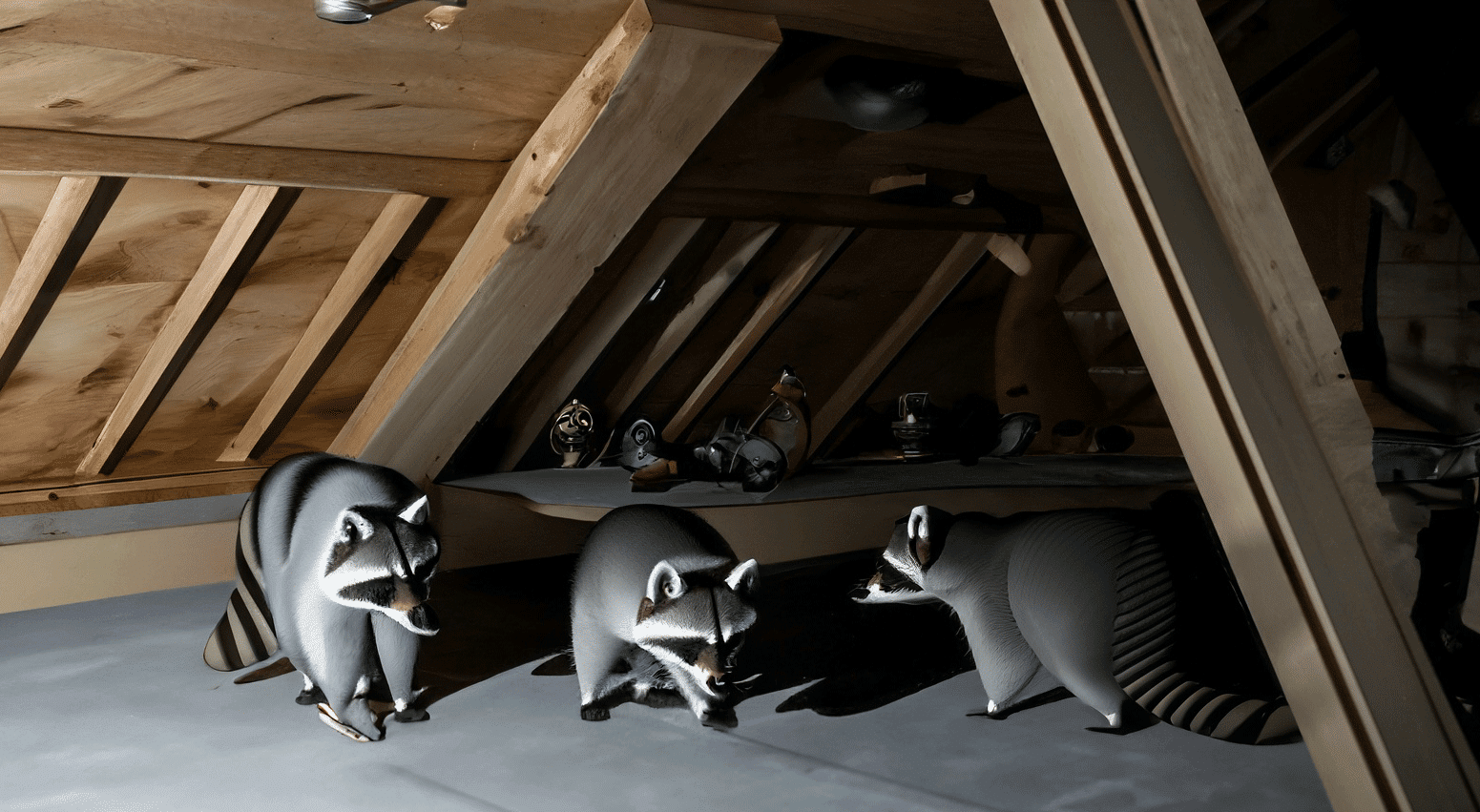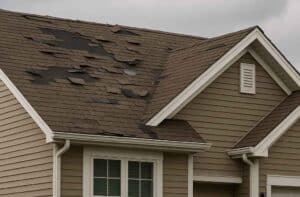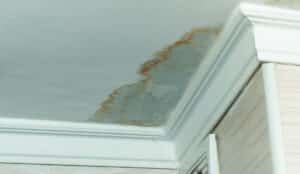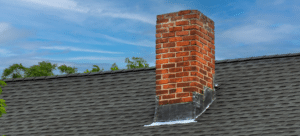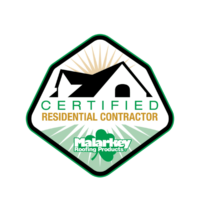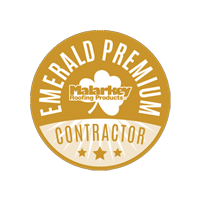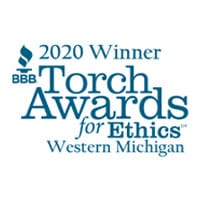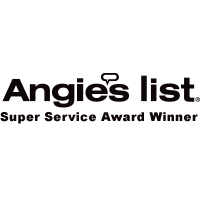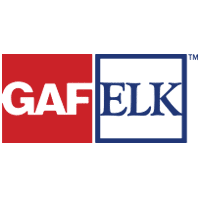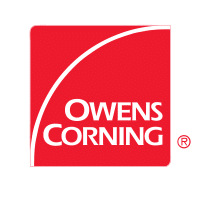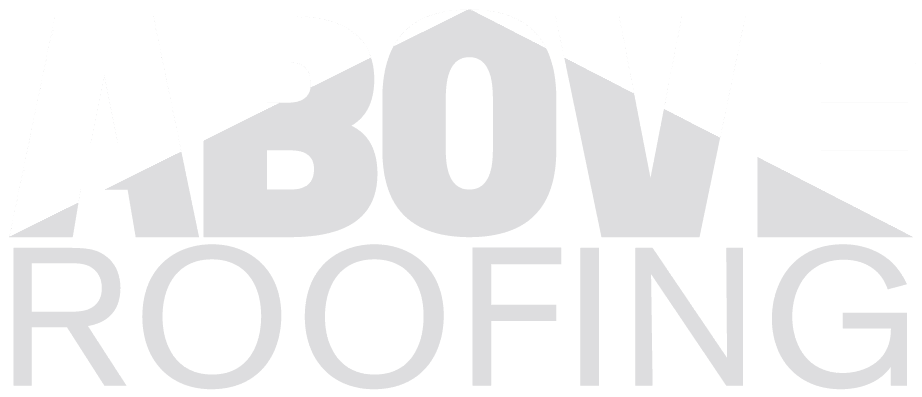Have you been hearing strange noises in your attic lately? Chances are, you might have some unwelcome visitors up there. Raccoons are notorious for finding their way into attics and causing all sorts of damage. Not only can they chew through wires and insulation, but they can also leave behind a mess that could lead to health problems. The good news is, removing raccoons from your attic doesn’t have to be a daunting task. In this quick guide, we’ll walk you through how to identify signs of a raccoon infestation, how to safely remove them from your attic using DIY methods or professional services, and how to prevent them from coming back in the future. Get ready to take control of your attic once and for all!
Understanding the Problem: Raccoons in Your Attic
Once you Identify that there is a raccoon infestation in your attic, we recommend you take immediate action to prevent further damage to your home. Keep in mind local laws when dealing with raccoon removal, as it’s important to handle the situation legally and responsibly. Protecting your home from raccoon roundworm and other health hazards is a primary concern. Additionally, safeguarding your attic insulation from raccoon urine and feces is essential. By understanding the problem and taking necessary precautions, you can effectively address the raccoon problem in your attic.
Why Raccoons are Attracted to Attics
Raccoons are naturally attracted to attics for several reasons. Firstly, attics provide a safe and warm shelter for mother raccoons and their young pups. The enclosed space offers protection from predators and the elements, making it an ideal place for them to raise their litter. Secondly, raccoons are opportunistic feeders and will search for food wherever they can find it. The scent of food in your home, particularly in trash cans, can lure raccoons into your attic in search of a meal. Lastly, bright lights in your attic can deter raccoons from nesting there, as they prefer dark and secluded areas. Understanding why raccoons are attracted to attics is the first step in successfully addressing and preventing a raccoon problem in your home.
Damage Caused by Raccoons in Your Attic
Raccoons can cause significant damage in your attic. These wild animals have strong jaws and sharp claws, making it easy for them to chew through various parts of your home, leading to structural damage. Moreover, raccoon urine, feces, and nesting material can ruin the insulation in your attic. This not only compromises the energy efficiency of your home but also creates a breeding ground for bacteria and other health hazards. Additionally, raccoons can damage the wiring, ductwork, and even the roofing in your attic. Taking swift action to remove these pests is the best way to prevent further damage.
Identifying Signs of a Raccoon Infestation
When dealing with a raccoon problem in your attic, it’s important to be able to identify the signs of a raccoon infestation. One clear indicator is raccoon droppings, which are often found in specific areas and can help you determine the extent of the problem. Another sign to look out for are entry points in your attic, such as damaged vents, soffits, or shingles, which can provide easy access for raccoons. Additionally, listening for raccoon noises, especially in the early morning or evening, can be a telltale sign that you have these wild animals in your attic. By being aware of these signs, you can address the raccoon infestation as quickly as possible.
Common Indicators of Raccoon Presence
When dealing with a potential raccoon infestation in your attic, it is essential to be aware of common indicators of raccoon presence. One key indication is scratching, thumping, or scurrying sounds coming from your attic. These noises are often a clear sign that wild animals, like raccoons, have made themselves at home. Additionally, keep an eye out for raccoon footprints, grease marks, or urine stains in the attic space. These markings can be evidence of their presence. Another telltale sign is a strong, unpleasant odor emanating from your attic, as raccoons tend to leave behind their pheromones. If you notice any of these signs, it may be time to address your raccoon problem.
How to Conduct a Thorough Inspection of Your Attic
To conduct a thorough inspection of your attic and effectively deal with your raccoon problem, it’s important to follow these steps. First, make sure you have the proper equipment on hand, including a respirator, flashlight, and gloves, to protect yourself during the inspection. Next, carefully examine your insulation, wiring, ducts, and vents for any signs of raccoon damage or feces. Look out for chewed wires, torn insulation, or any other indications of their presence. Lastly, inspect your attic for potential entry points that raccoons can use, such as gaps in siding, eaves, or crawl spaces. Identifying and addressing these entry points is crucial to prevent further raccoon infestations in your attic.
How to Remove Raccoons from Your Attic Safely
When dealing with a raccoon problem in your attic, it’s important to prioritize safety for both you and the raccoons. The best way to safely remove raccoons from your attic is to consider live trapping them, following local laws and regulations. Hiring a professional wildlife removal service is also a reliable and humane option. In some cases, using raccoon eviction fluid or live bait can encourage the raccoons to leave on their own. Remember, removing raccoons from your attic should be your primary concern to prevent further damage and potential health risks associated with raccoon feces.
Key Considerations Before Taking Action
Before taking action to remove raccoons from your attic, it’s important to consider a few key factors. Firstly, trapping raccoons can pose risks such as exposure to rabies, ticks, fleas, and parasites, so it’s crucial to take proper precautions. Additionally, ensure that any relocation of raccoons is done in compliance with local laws, safely and far away from your home. Lastly, be aware of the odor left behind by raccoon urine, droppings, and their dens in your attic. By keeping these considerations in mind, you can approach the removal process with confidence and effectively address your raccoon problem.
The Role of Professional Wildlife Removal Services
When it comes to dealing with raccoons in your attic, hiring professional wildlife removal services is often the best way to go. These trained technicians have the necessary expertise and equipment to handle raccoon removal safely and effectively. By following best practices in raccoon removal, they ensure your safety throughout the process. Additionally, hiring professionals saves you time and effort, as they can quickly and efficiently address the raccoon problem in your attic. Their expertise minimizes the risk of future raccoon infestation, providing you with peace of mind. In short, professional wildlife removal services are the primary concern when it comes to removing raccoons from your attic.
DIY Removal: Trapping and Other Tactics
If you’re dealing with raccoons in your attic, there are DIY removal methods you can try. Start by purchasing a raccoon trap from a hardware store. Bait the trap and place it in your attic, targeting areas where you’ve seen signs of raccoon activity. Additionally, you can use deterrents like bright lights, loud music, or raccoon repellent to make your attic less attractive to these wild animals. To prevent raccoons from reentering your home, seal any entry points in your attic. Remember, when trapping raccoons, it’s essential to follow proper relocation guidelines and comply with local laws.
Post-Removal: Cleaning and Decontaminating Your Attic
After successfully removing raccoons from your attic, it’s important to focus on post-removal cleaning and decontamination. Using the proper equipment, carefully clean up any raccoon urine and feces in your attic. Inspect your insulation for signs of a raccoon infestation and replace it if necessary. Take the time to thoroughly clean and disinfect your attic, ensuring you get rid of any raccoon droppings and odor. Properly dispose of raccoon waste to prevent any future pest infestations in your home. Finally, seal any entry points in your attic to prevent raccoons from returning. By following these steps, your attic will be clean and free from raccoon presence.
Preventative Measures: How to Keep Raccoons Away from Your Attic?
To prevent raccoons from accessing your attic, secure trash cans with tight-fitting lids, install bright lights in and around your home, remove food sources like bird feeders, seal any openings, trim tree branches away from your home, and use raccoon repellent or deterrents.
What if Raccoons Return to Your Attic?
If raccoons return to your attic, it’s best to contact local wildlife operators or pest control professionals for removal services. Follow local laws and use live bait in a trap to capture raccoons. Seal entry points and consider using raccoon eviction fluid to deter them.
Conclusion
In conclusion, dealing with raccoons in your attic requires a combination of understanding the problem, identifying signs of infestation, safe removal methods, post-removal cleaning, and implementing preventative measures. Raccoons are attracted to attics due to factors like shelter and food availability, and they can cause significant damage to your property. It’s important to conduct a thorough inspection and consider professional wildlife removal services if needed. DIY removal methods, such as trapping, can also be effective but require caution. Once the raccoons are removed, it’s crucial to clean and decontaminate your attic to prevent health hazards. Finally, implementing preventative measures will help keep raccoons away and minimize the chances of future infestations.

